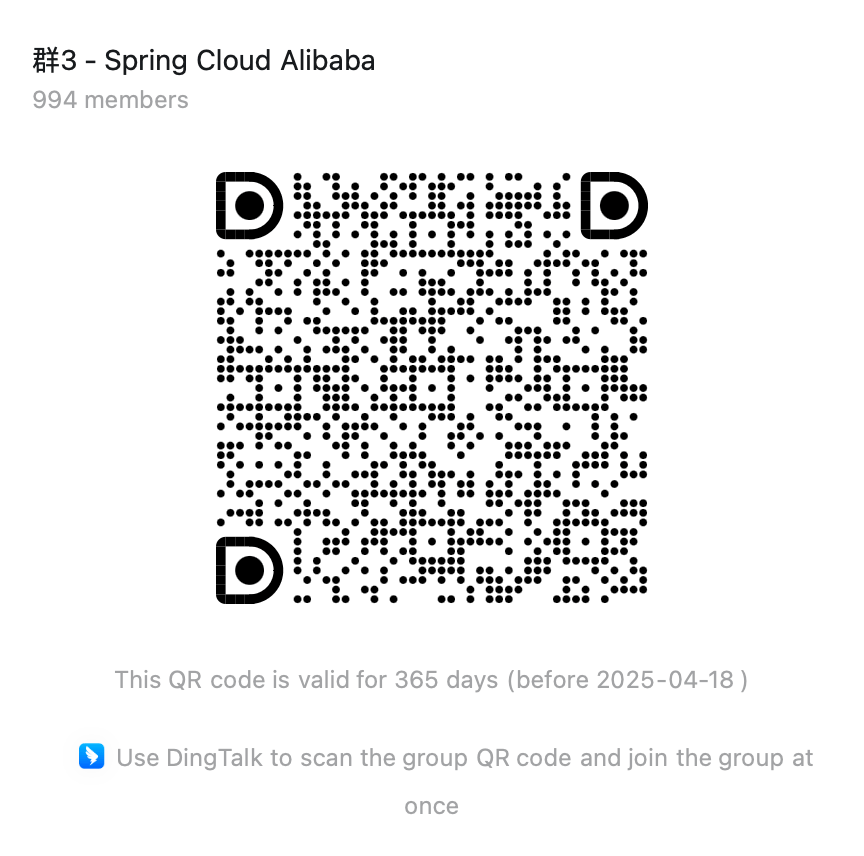What is Spring AI Alibaba Graph
Graph module documentation is continuously being updated, please stay tuned for documentation progress
Spring AI Alibaba Graph is one of the core implementations in the community and represents a key distinction from Spring AI’s focus on lower-level atomic abstractions. Spring AI Alibaba aims to help developers build agent applications more easily. With Graph, developers can build workflows and multi-agent applications. The design philosophy of Spring AI Alibaba Graph draws inspiration from Langgraph, so it can be understood to some extent as a Java version of Langgraph. The community has added numerous pre-configured Nodes on this foundation and simplified the State definition process, making it easier for developers to write workflows and multi-agent applications comparable to low-code platforms.
Graph Overview
The core concepts of the framework include: StateGraph (state graph, used to define nodes and edges), Node (encapsulating specific operations or model calls), Edge (representing transition relationships between nodes), and OverAllState (global state, sharing data throughout the process). These designs enable developers to conveniently manage states and logical transitions in workflows.
The following code snippet is an example of a multi-agent architecture developed using Graph (excerpted from the actual implementation of Spring AI Alibaba DeepResearch):
StateGraph stateGraph = new StateGraph("deep research", keyStrategyFactory, new DeepResearchStateSerializer(OverAllState::new)) .addNode("coordinator", node_async(new CoordinatorNode(chatClientBuilder))) .addNode("background_investigator", node_async(new BackgroundInvestigationNode(tavilySearchService))) .addNode("planner", node_async((new PlannerNode(chatClientBuilder)))) .addNode("human_feedback", node_async(new HumanFeedbackNode())) .addNode("research_team", node_async(new ResearchTeamNode())) .addNode("researcher", node_async(new ResearcherNode(researchAgent))) .addNode("coder", node_async(new CoderNode(coderAgent))) .addNode("reporter", node_async((new ReporterNode(chatClientBuilder))))
.addEdge(START, "coordinator") .addConditionalEdges("coordinator", edge_async(new CoordinatorDispatcher()), Map.of("background_investigator", "background_investigator", "planner", "planner", END, END)) .addEdge("background_investigator", "planner") .addConditionalEdges("planner", edge_async(new PlannerDispatcher()), Map.of("reporter", "reporter", "human_feedback", "human_feedback", "planner", "planner", "research_team", "research_team", END, END)) .addConditionalEdges("human_feedback", edge_async(new HumanFeedbackDispatcher()), Map.of("planner", "planner", "research_team", "research_team", END, END)) .addConditionalEdges("research_team", edge_async(new ResearchTeamDispatcher()), Map.of("reporter", "reporter", "researcher", "researcher", "coder", "coder")) .addConditionalEdges("researcher", edge_async(new ResearcherDispatcher()), Map.of("research_team", "research_team")) .addConditionalEdges("coder", edge_async(new CoderDispatcher()), Map.of("research_team", "research_team")) .addEdge("reporter", END);Core Features
- Supports Multi-agent, with built-in ReAct Agent, Supervisor, and other standard agent patterns
- Supports workflows, with built-in workflow nodes aligned with mainstream low-code platforms
- Native Streaming support
- Human-in-the-loop, supporting state modification and execution resumption through human confirmation nodes
- Supports memory and persistent storage
- Supports process snapshots
- Supports nested branches and parallel branches
- PlantUML, Mermaid visualization export


